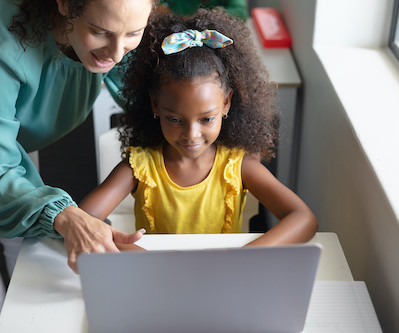Reimagining the Flipped Classroom: Integrating AI, Microlearning, and Learning Analytics to Elevate Student Engagement and Critical Thinking
Faculty Focus
JULY 1, 2025
It encourages students to become active participants rather than passive recipients, and it positions educators as facilitators and data-informed decision-makers in the learning process. In many cases, students may feel overwhelmed by the unfamiliarity of new instructional models or lack the confidence needed to navigate them successfully.
























Let's personalize your content